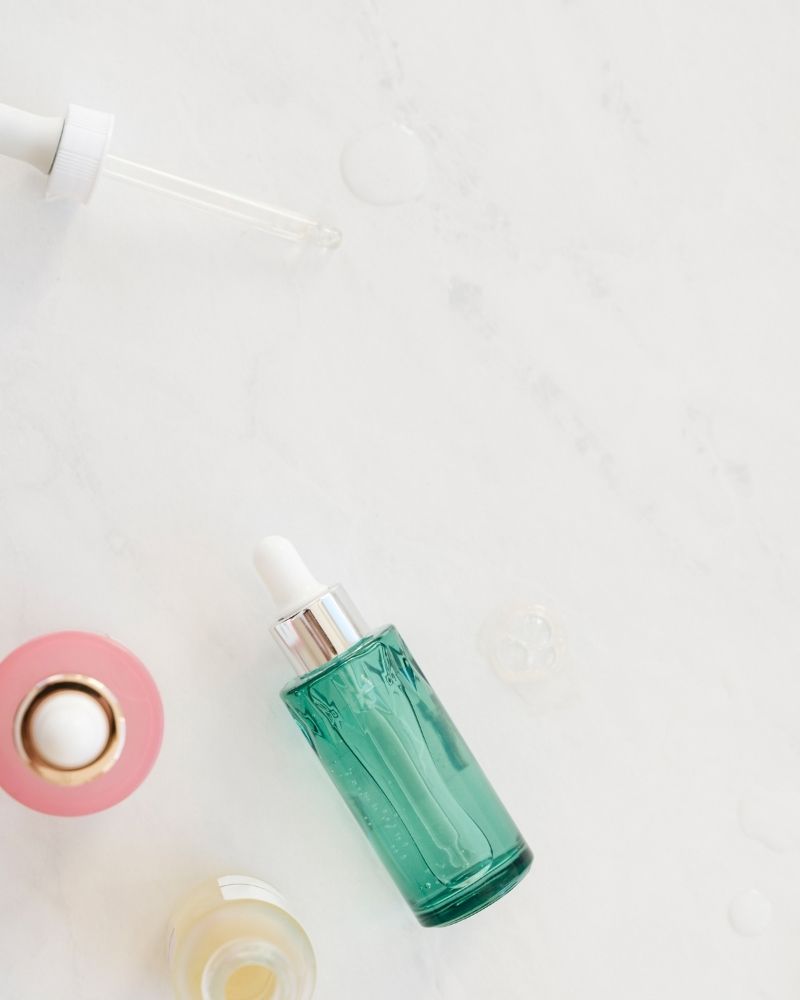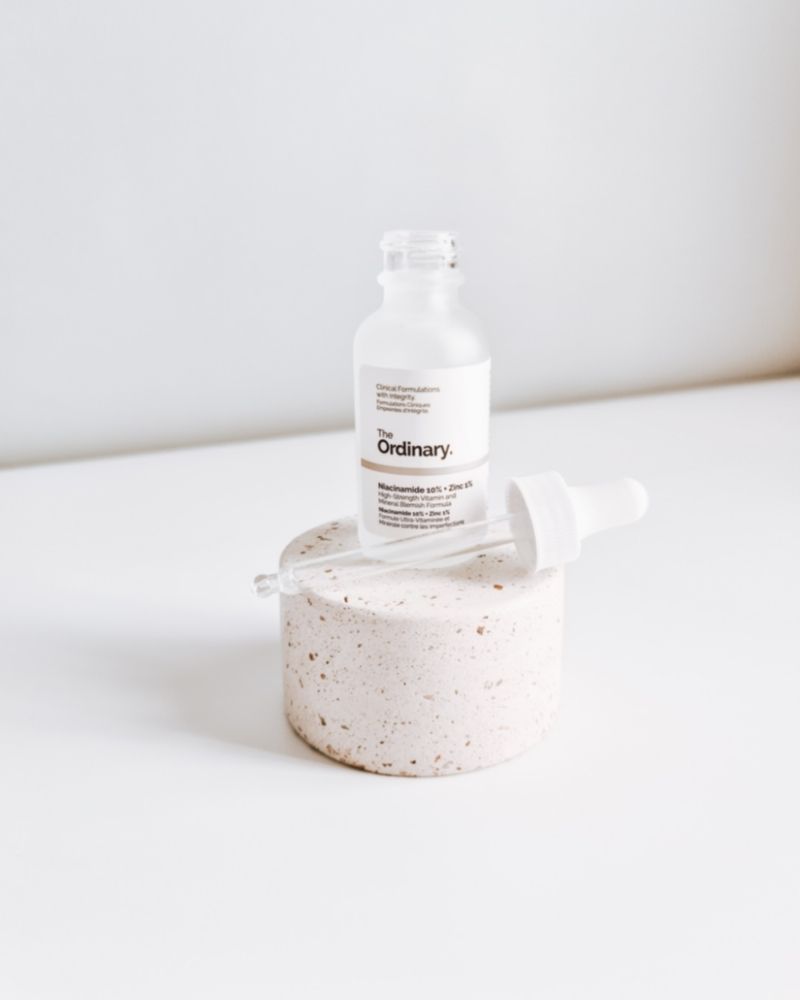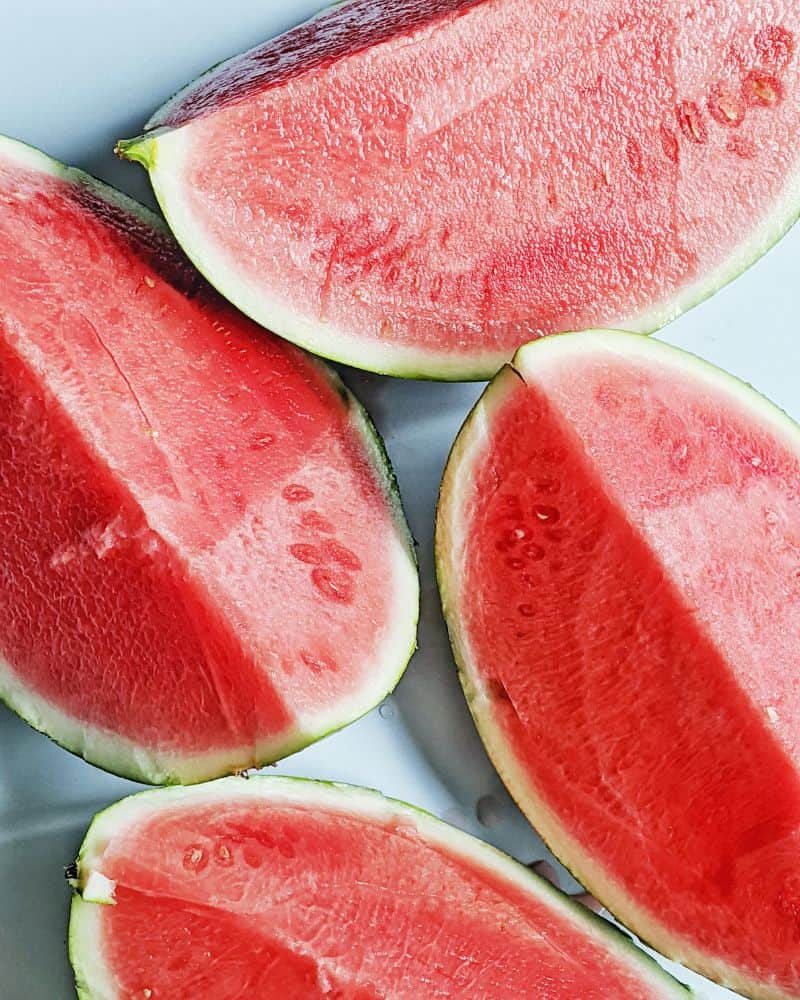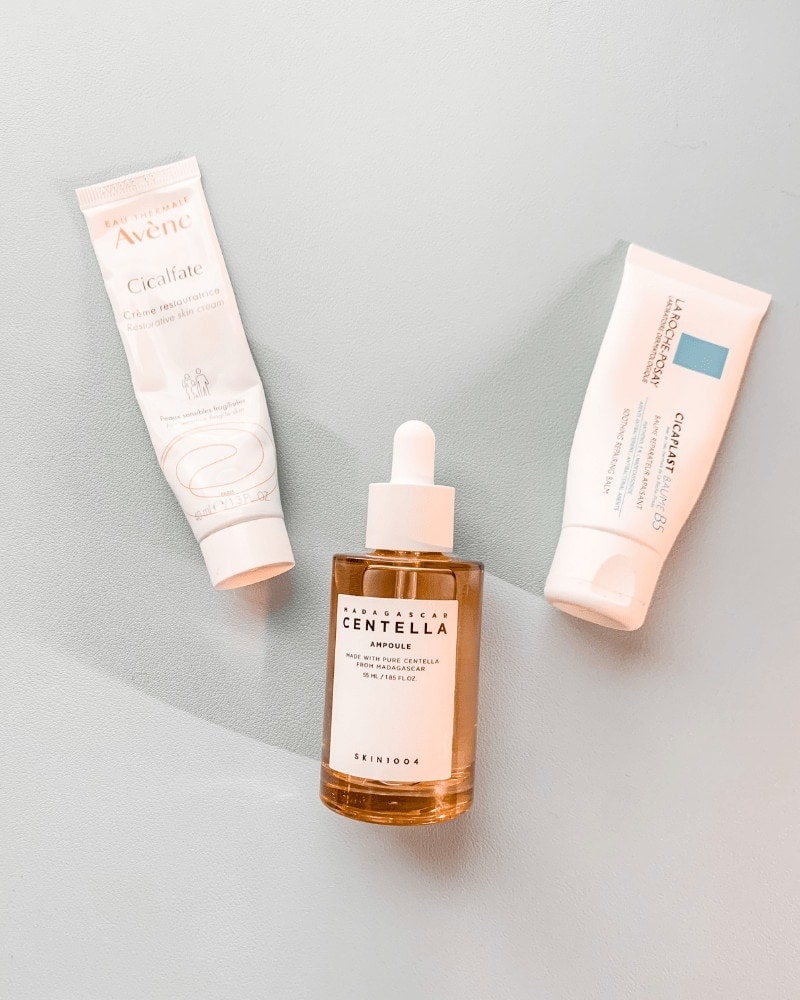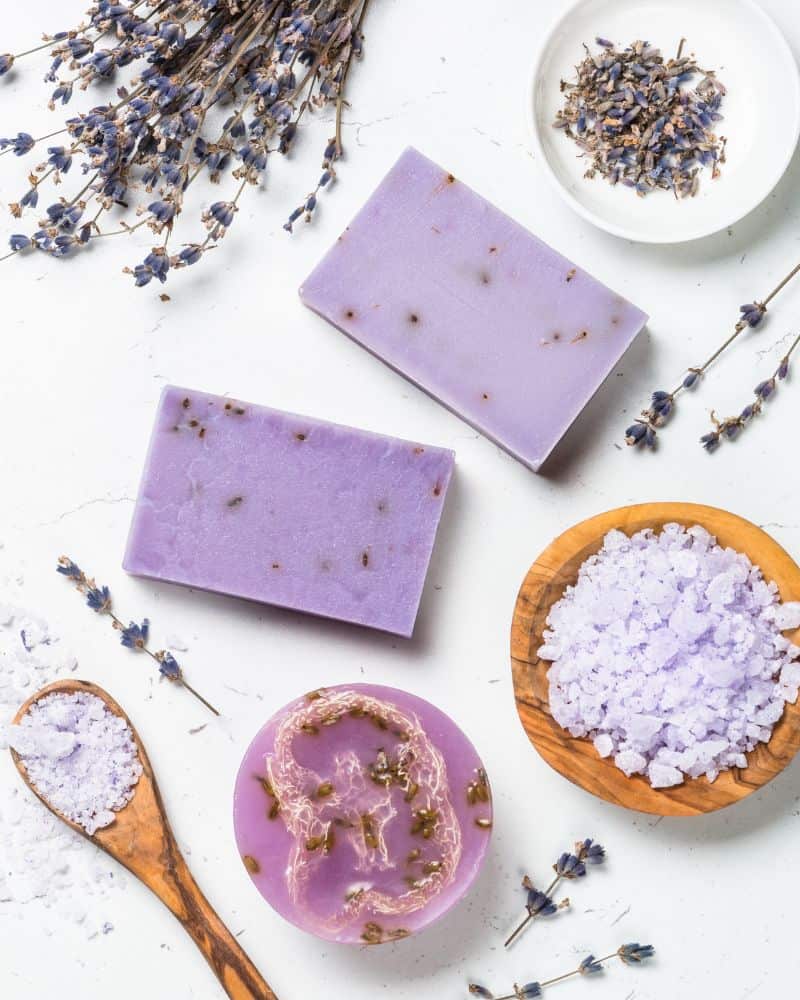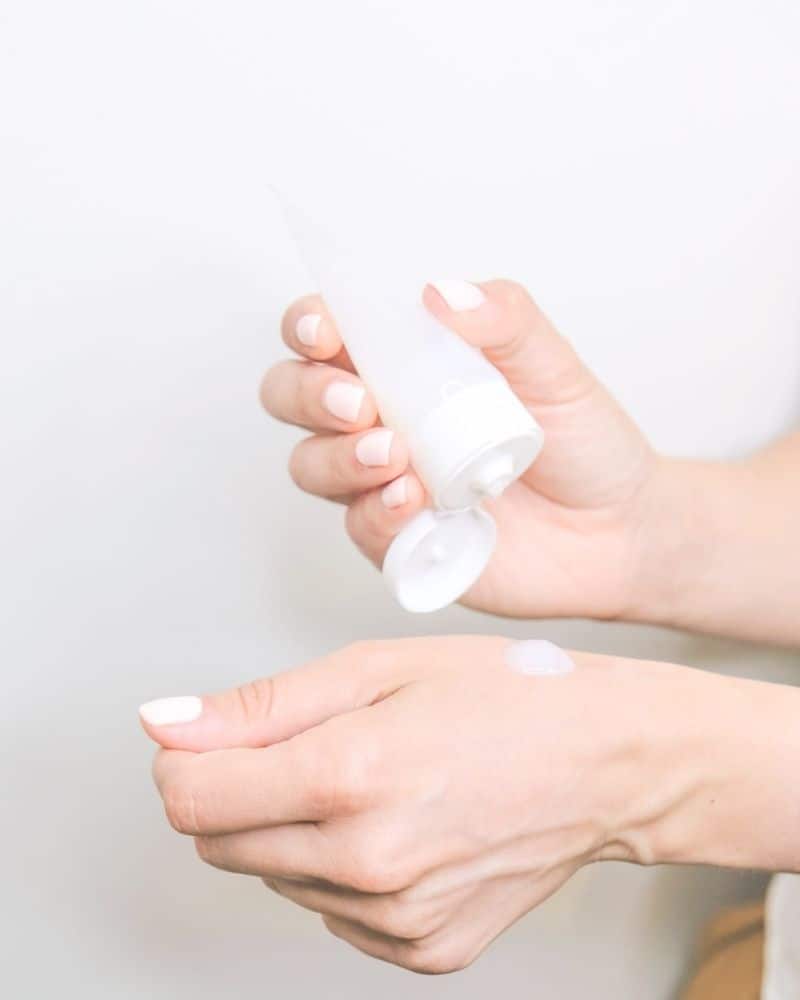Azelaic Acid Vs Benzoyl Peroxide: Is One Better Than The Other?
This post may contain affiliate links.

It’s no secret that acne is a common skin condition, affecting millions of people each year. What is less well-known, however, is the fact that there are two main types of acne: inflammatory and noninflammatory. And while both types can be treated with over-the-counter medications such as benzoyl peroxide and azelaic acid, some people find that one works better for them than the other. So which one should you choose? Let’s dive into azelaic acid vs benzoyl peroxide to find out which ingredient is better at treating and preventing acne.
What Is Benzoyl Peroxide?

Benzoyl peroxide is an FDA approved ingredient to treat acne. It’s main purpose is to kill the bacteria that contribute to acne, like Propionibacterium acnes (P. acnes). This means that it can kill acne-causing bacteria in existing pimples, but it also kills acne-causing bacteria on the skin which can help prevent acne from forming.
Not only is benzoyl peroxide antibacterial, it’s also a keratolytic and comedolytic agent, which means that it helps to shed dead skin cells, unclog pores and prevent comedones or clogged pores from forming.
It’s also an anti-inflammatory, so it can help to reduce redness and swelling associated with pimples and also soothe irritated skin.
Overall, benzoyl peroxide is an incredible ingredient that can target all the different causes of acne.
It’s often used in cleansers, treatments and spot treatments and can be found in concentrations of 2.5-10%. Although benzoyl peroxide is a great ingredient for acne-prone skin, it’s often combined with other ingredients like retinol or salicylic acid. It can be found OTC or in prescription-only products to help treat and prevent acne.
Since benzoyl peroxide is such an incredible ingredient for acne you’re probably dying to get It into your routine asap. However, you might be wondering does benzoyl peroxide make you break out at first? Let’s take a look.
Related post: Does Benzoyl Peroxide Cause Purging?
Benefits Of Benzoyl Peroxide
- Anti-inflammatory – Benzoyl peroxide has anti-inflammatory properties, which can help to reduce redness and inflammation associated with acne. This means it’s great for those with inflammatory acne such as pustles, papules and cysts.
- Anti-bacterial – Benzoyl peroxide is a great antibacterial agent that kills acne-causing bacteria. This can help to prevent and treat existing pimples
- Comedolytic – Benzoyl peroxide is also comedolytic, which means it helps to unclog pores and prevent pimples from forming. It helps to keep your pores clear and it can help to treat and prevent clogged pores and comedones
What Is Azelaic Acid

Azelaic acid is a dicarboxylic acid that occurs naturally in grains like wheat, rye, and barley. Although it’s naturally occuring, synthetic Azelaic Acid is usually used in skincare products.
Azelaic acid has been shown to be an effective acne treatment because of its ability to kill acne-causing bacteria while also reducing inflammation, which is why it’s FDA approved to treat acne and rosacea.
Azelaic acid is a keratolytic, an antibacterial, antioxidant, and anti-inflammatory that helps to break down dead skin cells and improve skin texture. And even though Azelaic Acid is a powerhouse ingredient, it’s actually very gentle on the skin and is one of the best exfoliants for those with sensitive skin because it’s much more gentle than other ingredients like retinoids or BHA’s.
Azelaic acid is actually produced by the healthy bacteria that live on your skin known as Malassezia furfur? In order for this to affect your skin in a positive way, you must have enough healthy bacteria on your skin already, though—and that’s usually not the case with troubled skin.
While it might not be the first ingredient to come to mind (or maybe even at all), azelaic acid is a favorite of dermatologists for both its gentleness and versatility. It helps with a ton more than just acne breakouts: It may help banish other forms of bacteria and reduce redness brought on by different skin conditions such as rosacea or hyperpigmentation.
This ingredient is derived from grains, although synthetic variations of it are available as well. You can find azelaic acid both in prescription/medicinal and commercial forms. Prescription azelaic acid is highly concentrated, and it can contain up to 20% of azelaic acid, while OTC product typically have a much lower dose (usually around 5-10%).
Related post: Is Azelaic Acid An AHA or BHA?
Benefits of Azelaic Acid
- Anti-Bacterial – Azelaic acid has anti-inflammatory and antibacterial properties that make it ideal for acne-prone skin. It kills acne cause bacteria which treats active acne and helps prevent new acne from forming
- Anti-Inflammatory – Azelaic acid is anti-inflammatory so can reduce redness, swelling, and inflammation. This makes it perfect for individuals with sensitive skin or ailments like rosacea or eczema, but it can also help reduce inflammation associated with acne
- Smooths Texture – Azelaic acid aids in the breakdown of the attachments that hold dead skin cells together, resulting in smoother, brighter, and softer skin.
- Keratolytic – Azelaic acid’s keratolytic properties help to break down dead skin that that can lead to clogged pores and acne which can help with closed comedones and other textural issues
- Treats Roseacea – Rosacea is a common skin condition that can cause redness, inflammation, and pimple like lesions. Azelaic acid is one of the most efficient rosacea treatments since it helps to reduce redness, swelling, and bumps associated
- Fades Hyperpigmentation – Azelaic acid is also great for fading dark spots and hyperpigmentation, including acne scarring by inhibiting the creation of an enzyme called tyrosinase, which is important in melanin synthesis (which is what creates pigment)
- Treats & Prevents Acne – Azelaic acid is also useful for treating and preventing acne. It helps to kill bacteria, unclog pores and reduce inflammation which are all key in treating acne
What’s The Difference Between Benzoyl Peroxide And Azelaic Acid?

Both of these ingredients are great for treating and preventing acne. However, they each work in slightly different ways. So, is azelaic acid better than benzoyl peroxide? Let’s take a dive into the differences and similarities.
Benzoyl peroxide is a powerful anti-bacterial agent that works by killing the acne-causing bacteria on the surface of the skin. It also helps to unclog pores and reduce inflammation like redness and swelling.
On the other hand, azelaic acid works in a slightly different way. Azelaic acid is also anti-microbial so it can kill acne-causing bacteria on the surface of the skin. It’s also a keratolytic, meaning it sheds dead skin cells to unclog pores and keep your skin texture smooth. It has powerful anti-inflammatory properties to help reduce redness and swelling, which is why it’s often prescribed for those with rosacea as well.
However, it also works to inhibit tyrosinase, an enzyme which is important in melanin synthesis and can be involved in hyperpigmentation. This means that azelaic acid can help to fade dark spots and other forms of hyperpigmentation as well, making it a great choice for acne-prone skin.
Azelaic acid is also very well tolerated, even at concentrations of 15-20%. It’s often prescribed for those with sensitive skin types and those with rosacea. Dryness, irritation and flaking skin is not as common when using azelaic acid. Benzoyl peroxide can be irritating and drying and isn’t always tolerated by sensitive skin types.
Both azelaic acid and benzoyl peroxide have similar properties that make them both great treatments for acne-prone skin. However, azelaic acid has the benefit of also being able to fade hyperpigmentation, making it an especially good choice if you are looking for a more comprehensive treatment for acne. So, while they are similar, azelaic acid is the better option if you are looking for something that can treat multiple issues at once.
Azelaic Acid Vs Benzoyl Peroxide Similarities & Differences
- Both ingredients are anti-inflammatory, anti-bacterial and help to exfoliate skin to shed dead skin cells and unclog pores.
- Both azelaic acid and benzoyl peroxide are great treatments for acne.
- Azelaic acid is more suitable for sensitive skin types, whereas benzoyl peroxide can be irritating and drying.
- Azelaic acid also treats hyperpigmentation and benzoyl peroxide does not.
- Azelaic acid can also treat rosacea and benzoyl peroxide only treats acne.
- Benzoyl peroxide is known to bleach and lighten fabrics, so you’ll need to be careful when using this ingredient
Azelaic Acid Vs Benzoyl Peroxide For Acne
If you’re trying to decide between azelaic acid or benzoyl peroxide for acne, both are great options. If you’re wondering which one is better for treating acne, it comes down to your skin type and other skin concerns you may have.
Azelaic acid has been found to be as effective as benzoyl peroxide for acne and has less side effects like dryness or irritation. So, if you have more sensitive skin, azelaic acid is a great option. It’s been shown that azelaic acid is comparable to benzoyl peroxide, tretinoin and topical anti-bacterial treatments for acne.
Azelaic acid has also been shown to be effective against inflammatory and non-inflammatory acne, meaning it can treat any kind of acne from comedones to cysts. However, benzoyl peroxide has also been shown to treat both inflammatory and non-inflammatory types of acne.
So, both ingredients have similar properties that can help to treat acne-prone skin and reduce inflammation. If you’re looking for a comprehensive treatment for acne, azelaic acid is probably the better choice of the two, but if your main concern is treating inflammatory acne, benzoyl peroxide will also work well.
However, if you’re looking for something that can treat multiple issues at once, azelaic acid may be the better choice. It’s more well-tolerated by sensitive skin types and can also help to fade hyperpigmentation and acne scars.
Can I Use Benzoyl Peroxide and Azelaic Acid Together?

After reading about all the anti-acne benefits of azelaic acid and benzoyl peroxide, you may be wondering can I use azelaic acid while using benzoyl peroxide?
Using azelaic acid with benzoyl peroxide is perfectly safe! In fact, there have been some studies that show the combination of azelaic acid with benzoyl peroxide can actually improve the effectiveness of both ingredients.
How To Use Benzoyl Peroxide and Azelaic Acid Together
Luckily, using both benzoyl peroxide and azelaic acid together is pretty simple. Both ingredients can be used once or twice a day and can be combined together without worry of one inactivating the other.
So do you use azelaic acid before or after benzoyl peroxide? Well, it depends.
Benzoyl peroxide comes in many different formulations – cleansers, pads, lotions, moisturizers and spot treatments. Azelaic acid, on the other hand, usually comes in gel, cream or serum. Over the counter azelaic acid products typically come in concentrations of 5-10% and prescription formulations have 15-20%. Benzoyl peroxide comes in 2.5-10% formulations both OTC and prescription.
Some skincare products contain both azelaic acid and benzoyl peroxide, but they’re most commonly found in separate products. So, if you have 2 different products and you’re trying to figure out the order, always go by the thinnest to thickest rule.
If you’re using a benzoyl peroxide cleanser, you can follow with your azelaic acid gel/serum/cream right after. Or if you’re using an azelaic acid gel and a benzoyl peroxide cream, use the gel first, followed by the cream.
Benzoyl Peroxide Vs Azelaic Acid FAQ’s
Can azelaic acid make acne worse?
Since azelaic acid is an exfoliating ingredient, it has the potential to make acne worse before it gets better. This is known as skin purging and is only temporary. It happens because the azelaic acid is shedding dead skin cells and unclogging pores, so all of the dirt, oil and skin cells that were trapped in your pores are now coming to the surface as acne. Purging typically lasts several weeks.
Is azelaic acid similar to benzoyl peroxide?
Yes, they both are incredible products to treat and prevent acne. They both have anti-inflammatory, anti-bacterial and comedolytic properties to help treat and prevent acne.
What’s The Difference Between Azelaic Acid and Benzoyl Peroxide Wrap Up
When it comes to azelaic acid vs benzoyl peroxide, the bottom line is that both benzoyl peroxide and azelaic acid are effective treatments for mild to moderate cases of acne due to their anti-inflammatory, anti-bacterial and comedolytic properties. Though Azelaic acid is more suitable for those with sensitive skin and does not cause as much irritation and dryness as benzoyl peroxide. It can also help to reduce redness and fade hyperpigmentation, making it a more powerful acne treatment to treat and prevent acne while also treating acne scars. Fortunately, using azelaic acid and benzoyl peroxide together has been shown to be incredibly effective and safe, so you can use both of these amazing ingredients.
